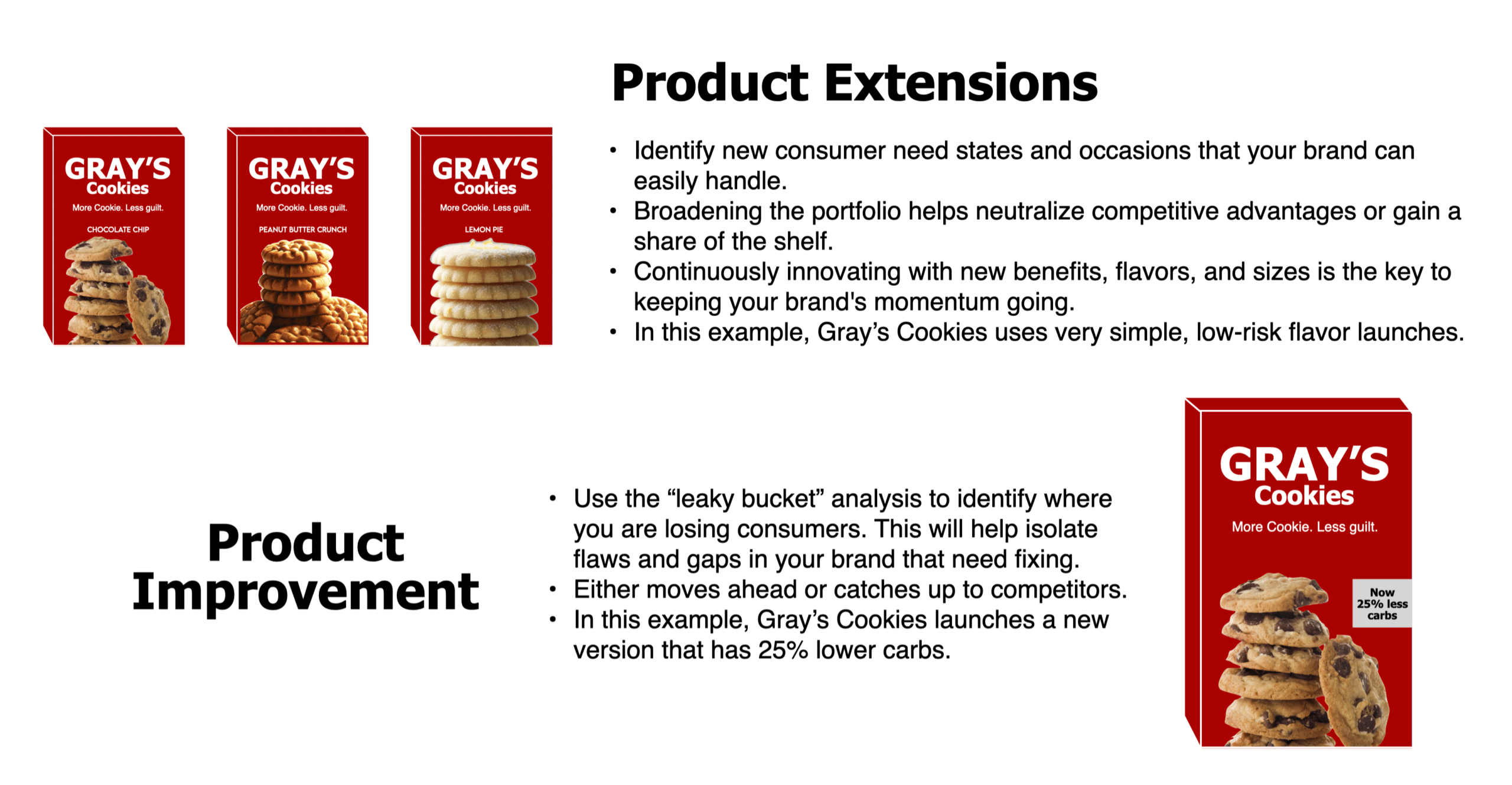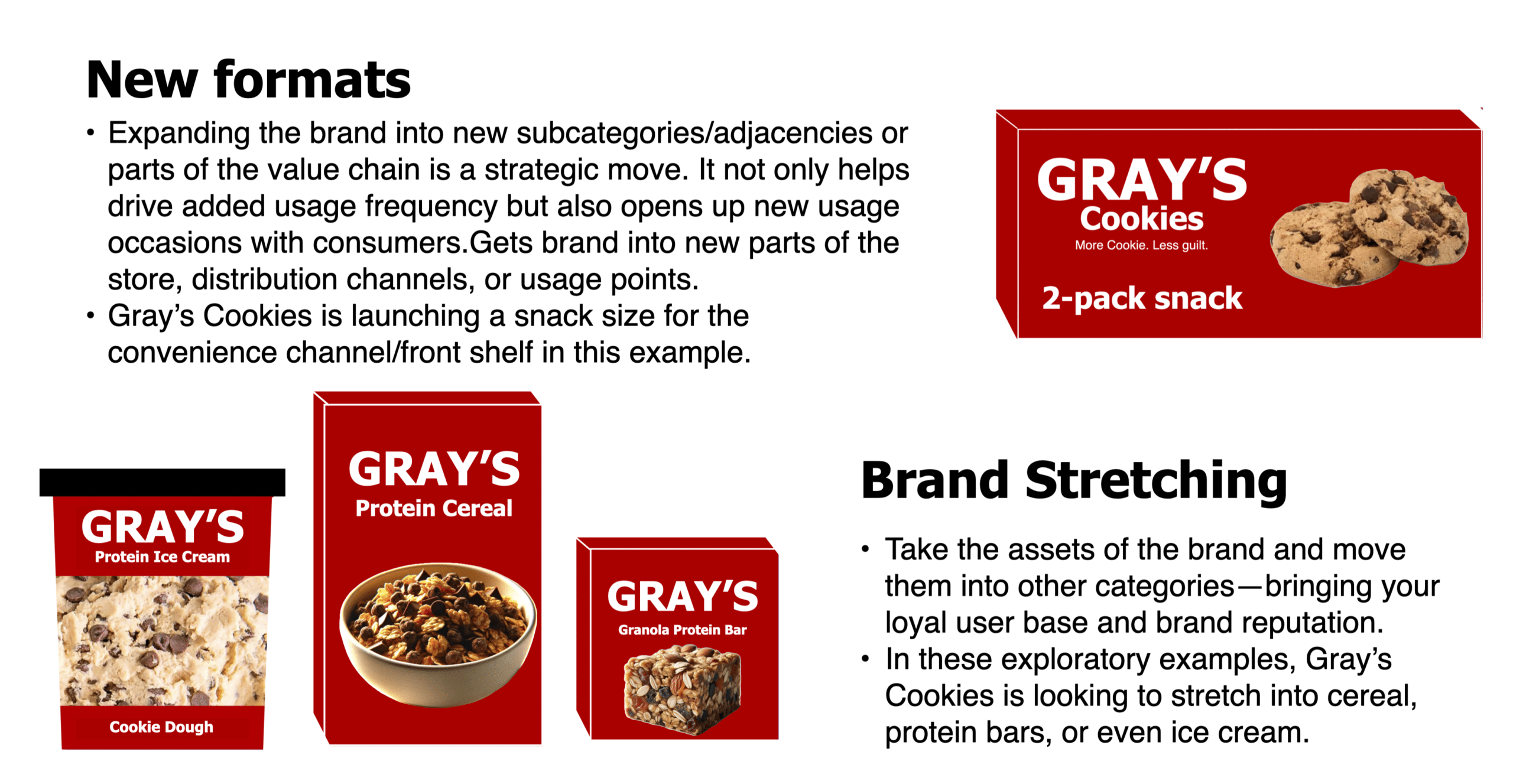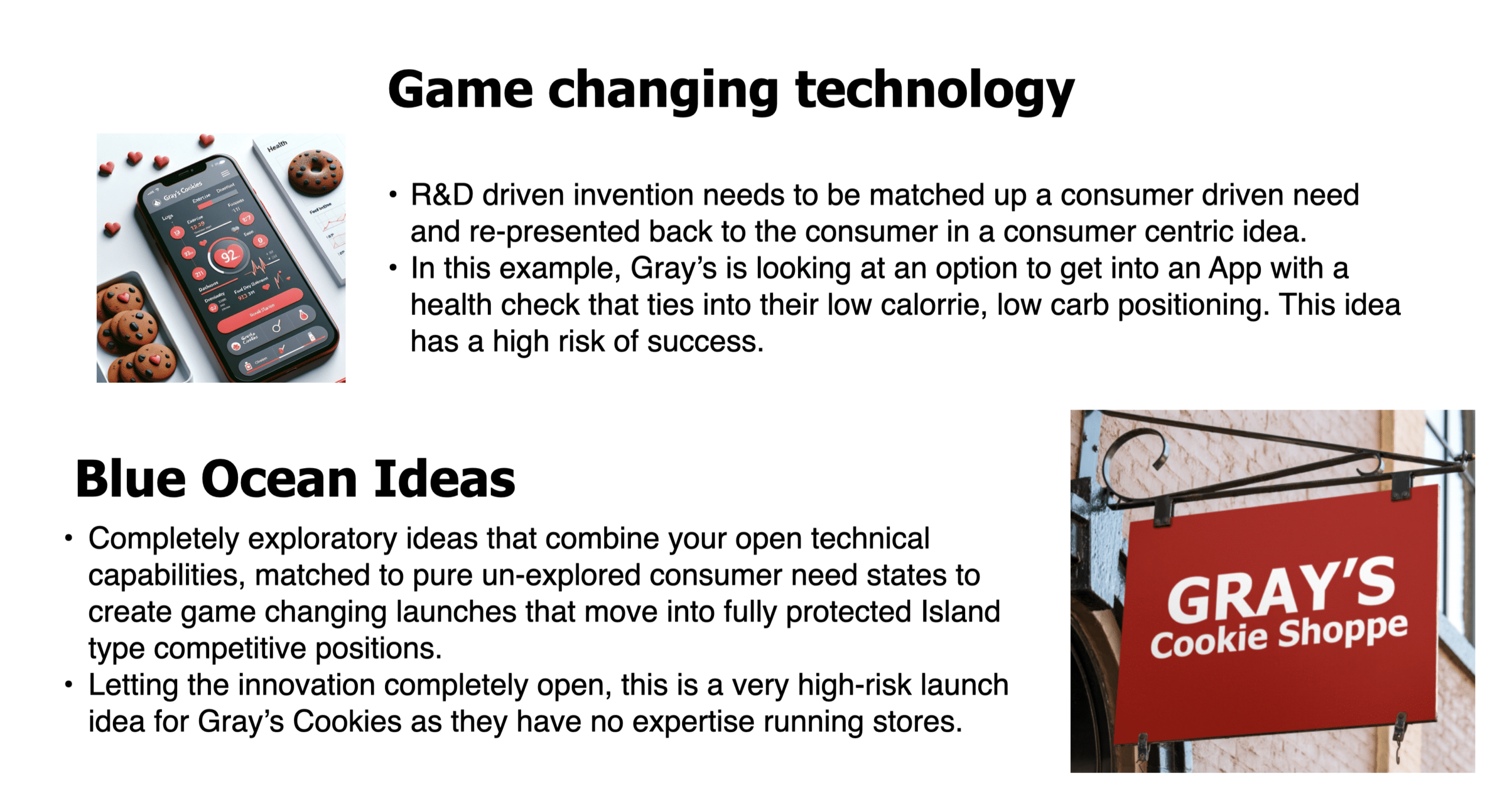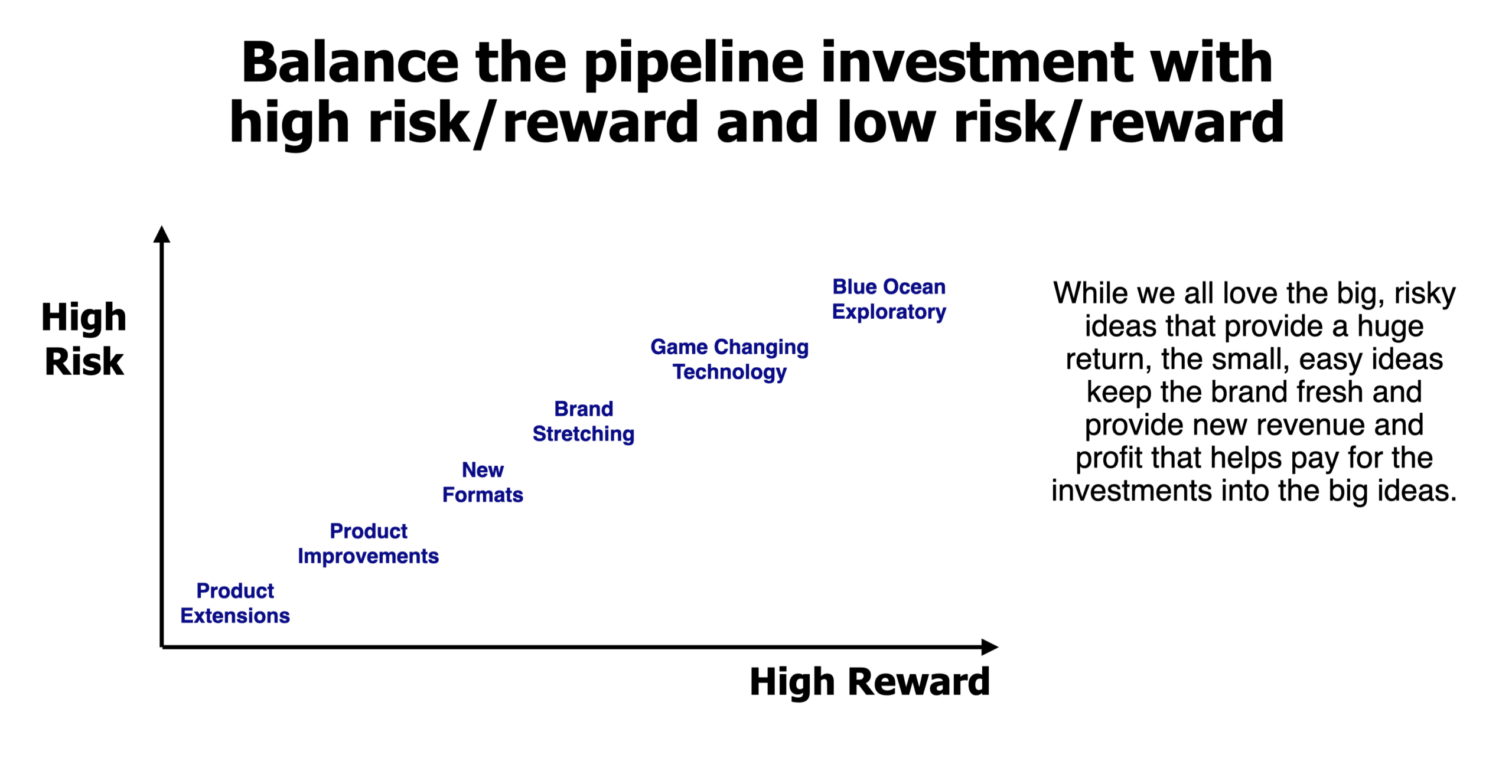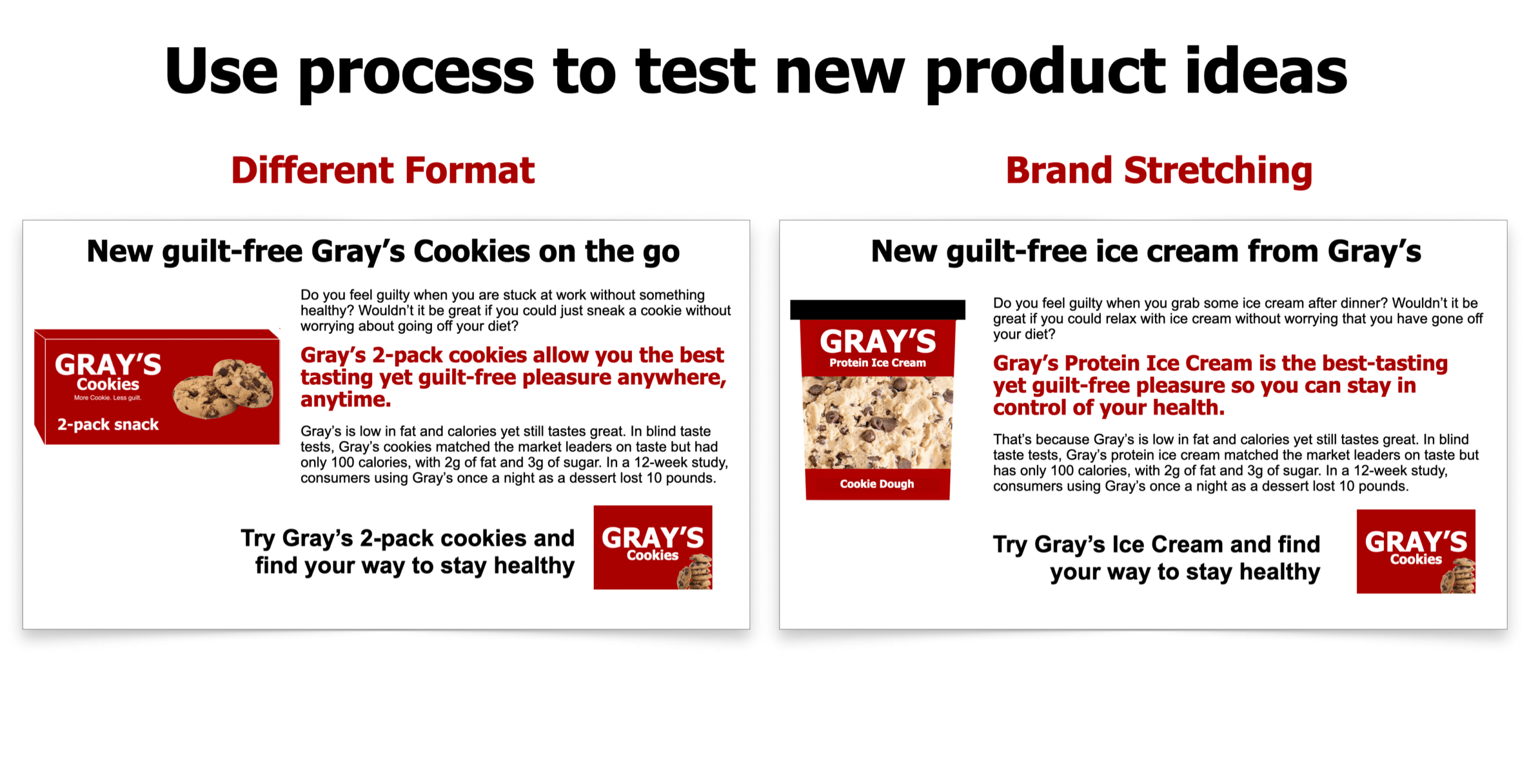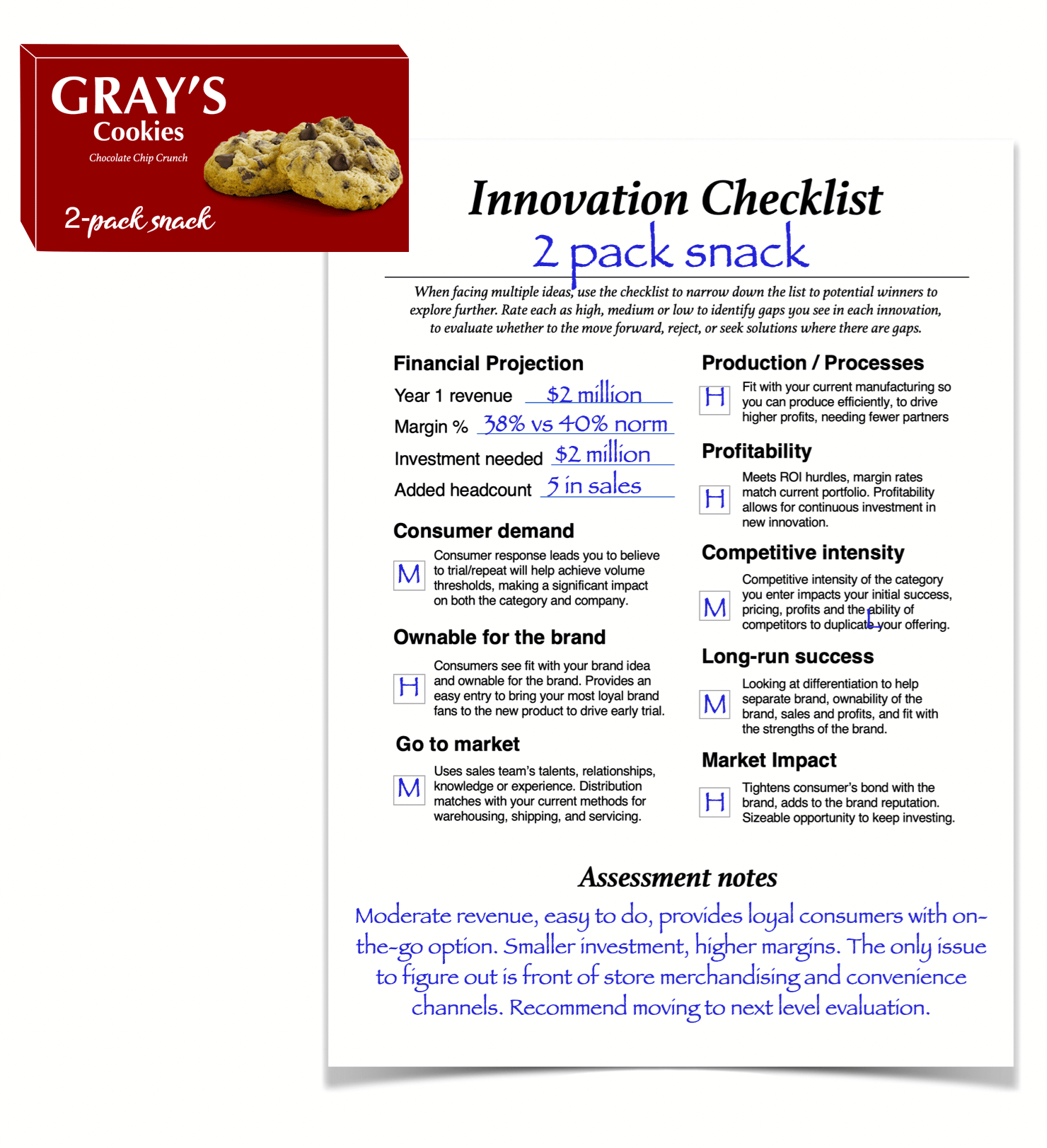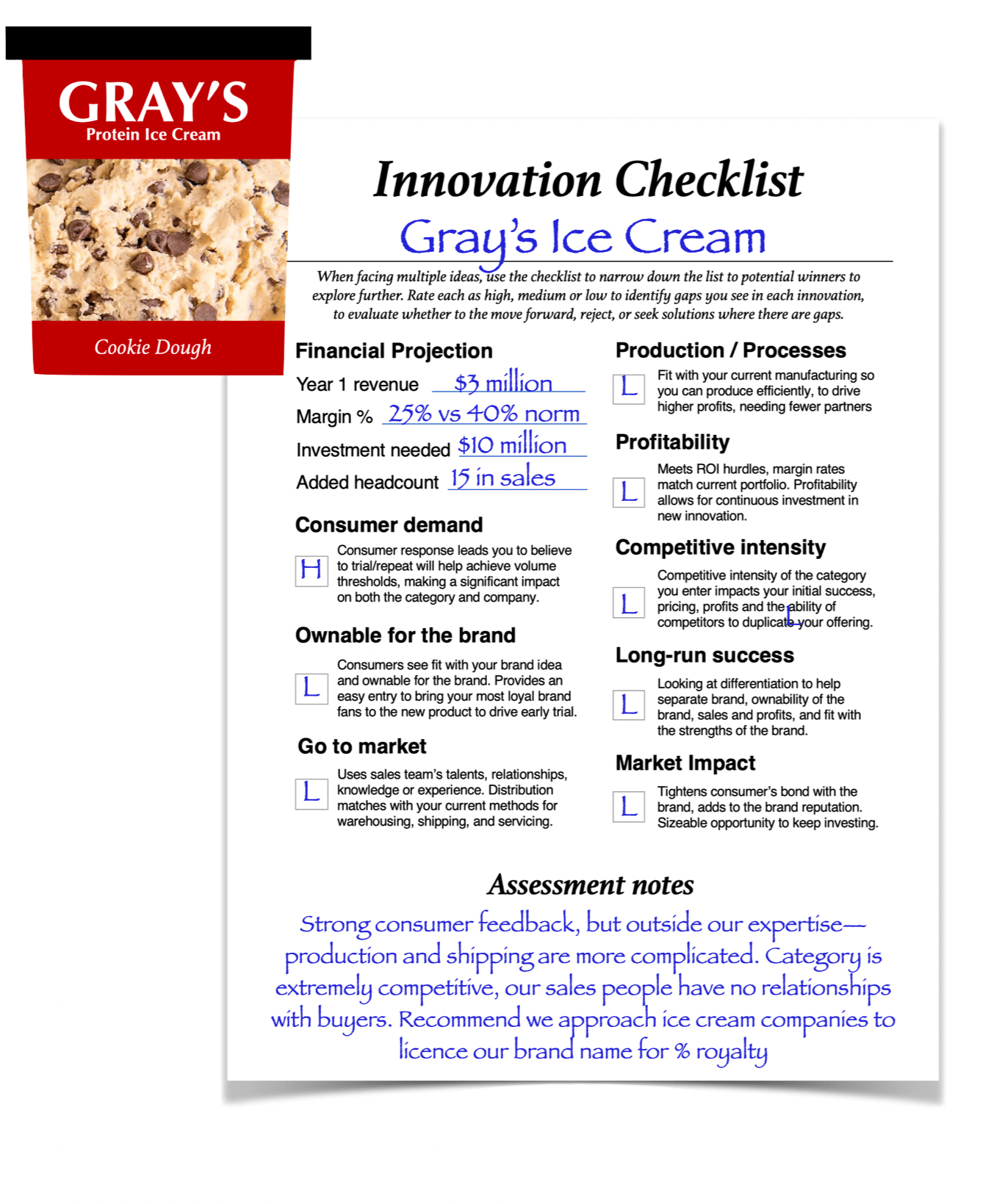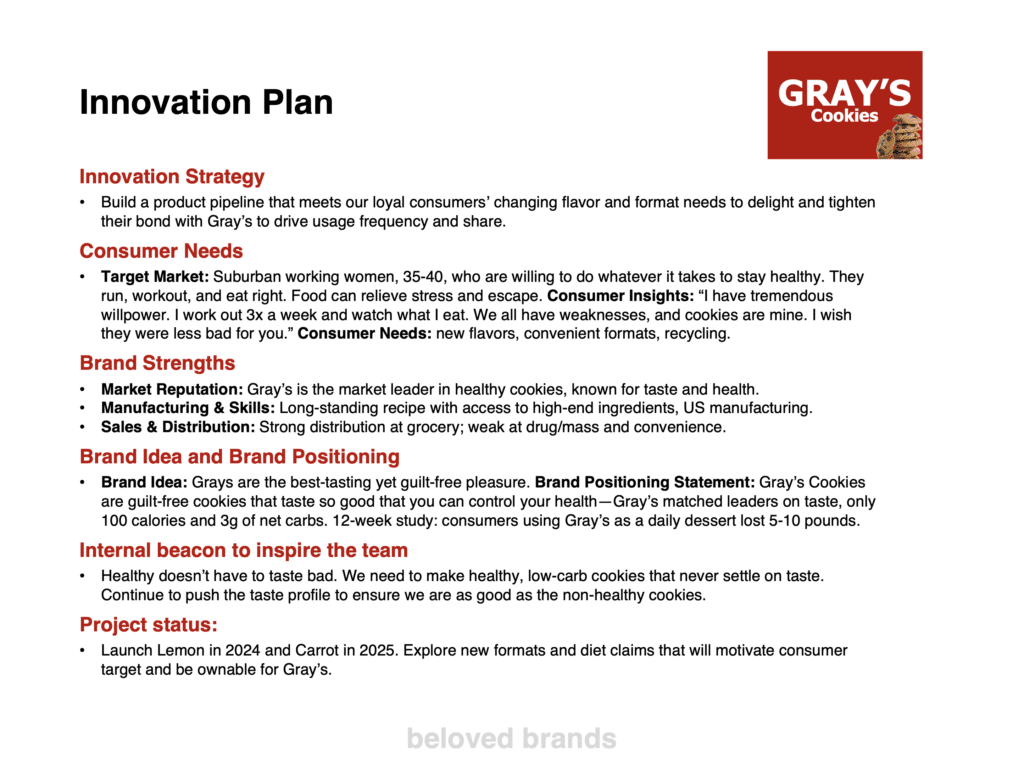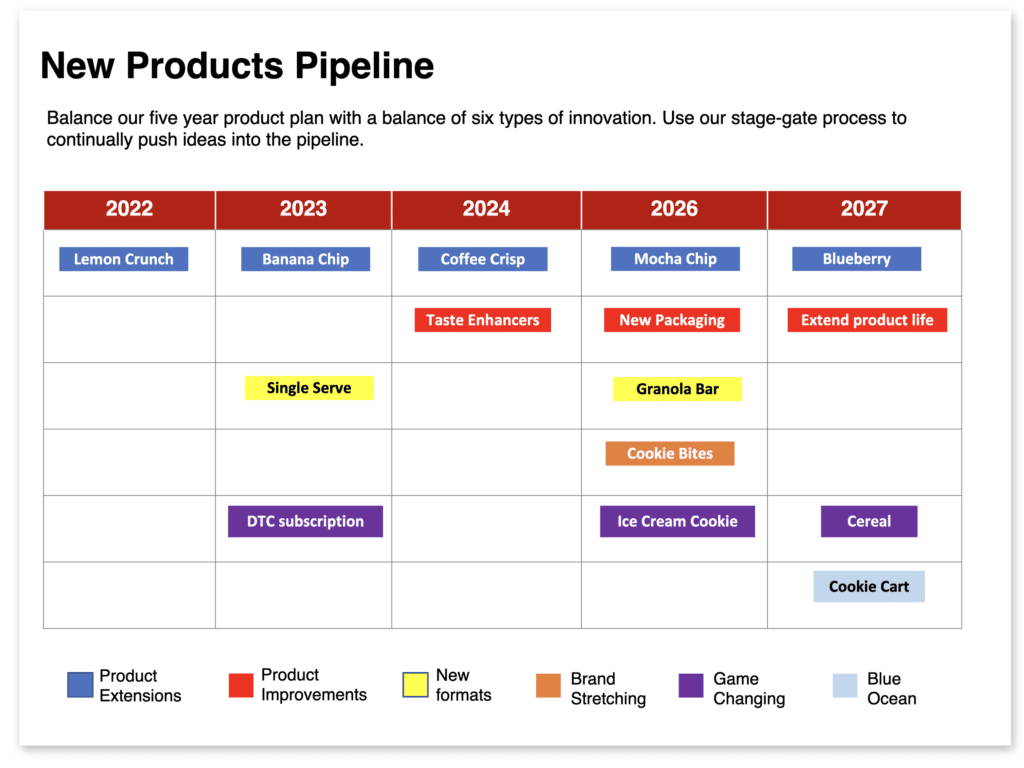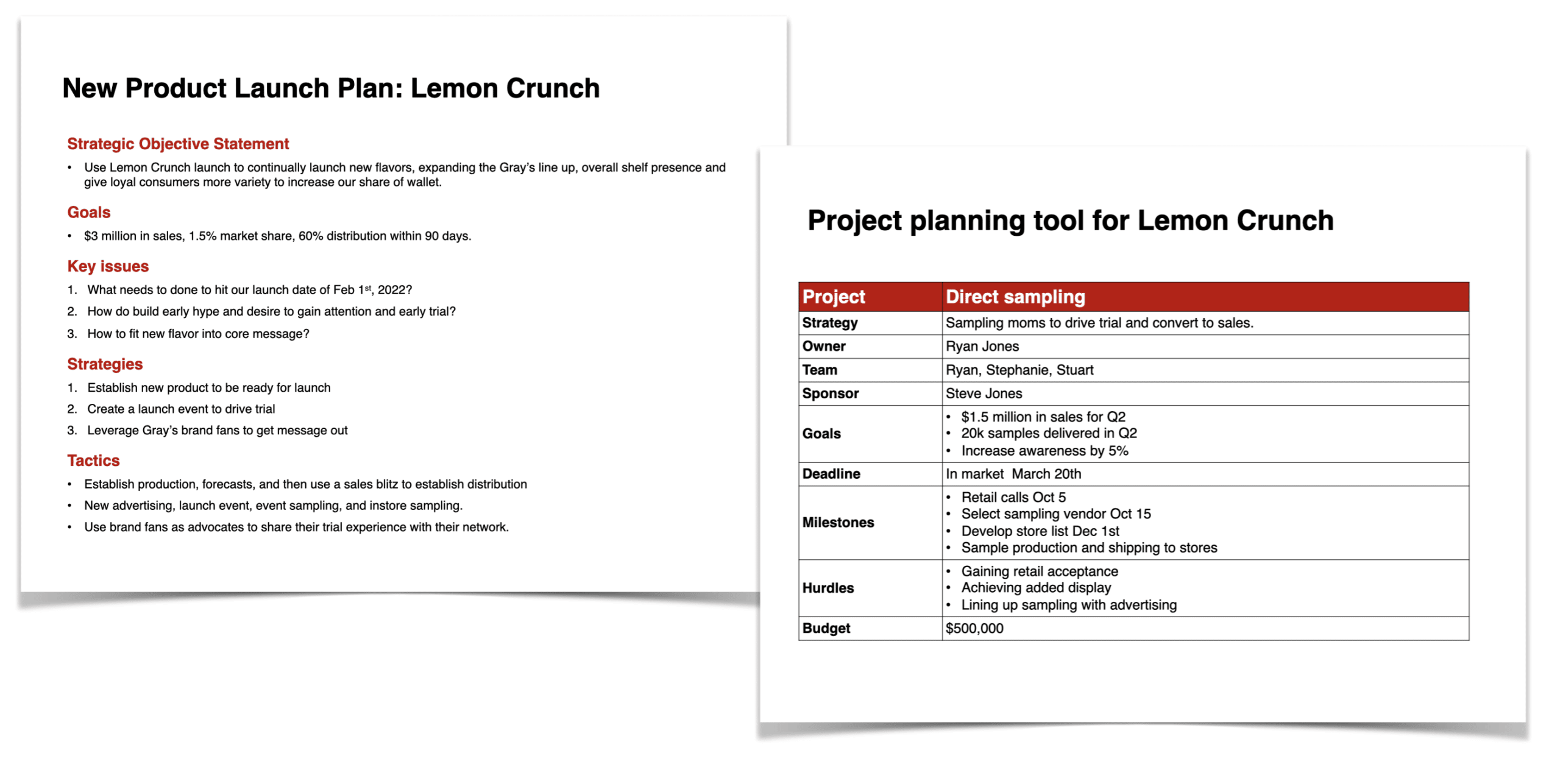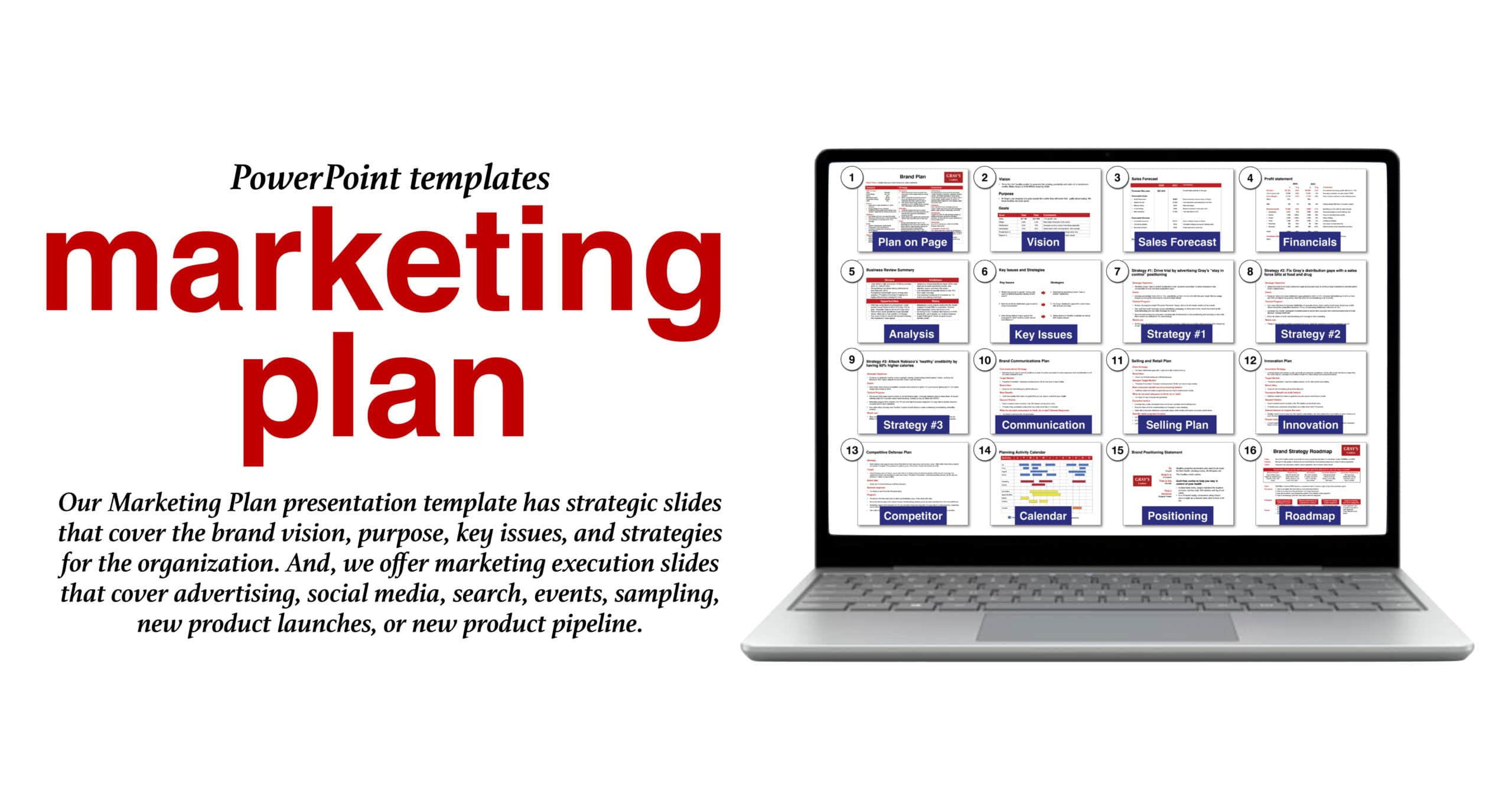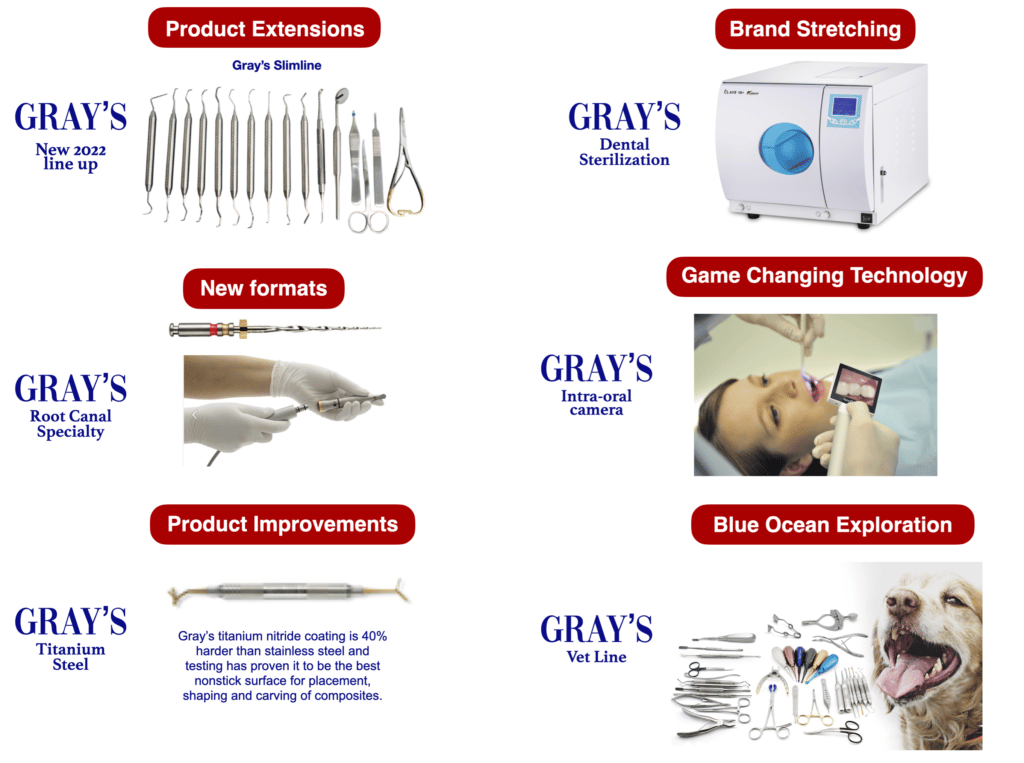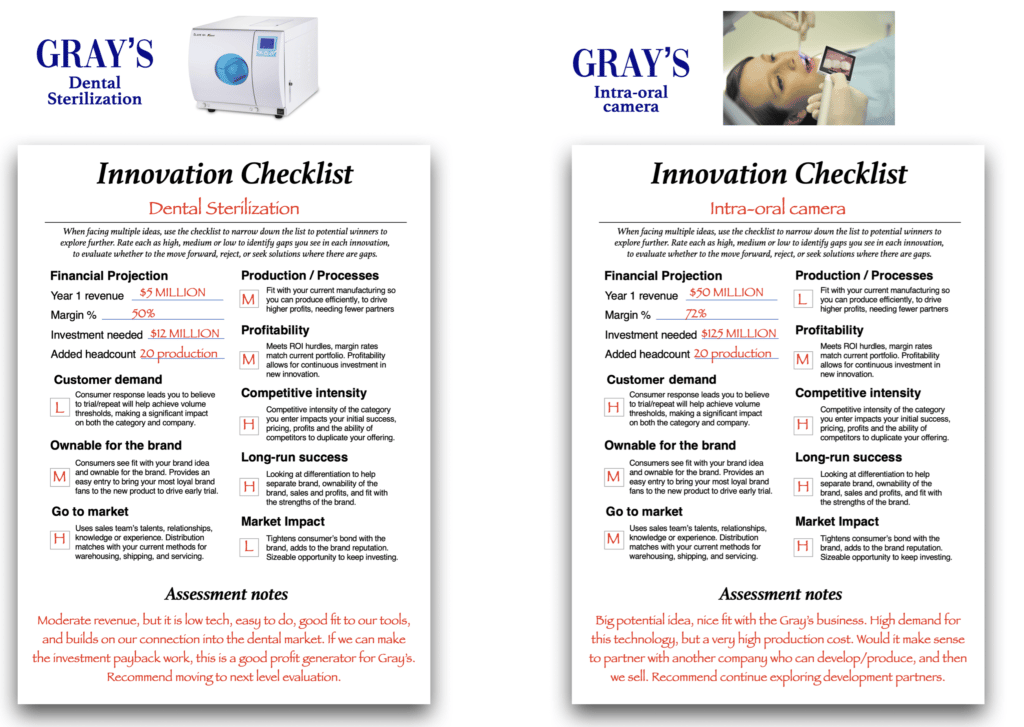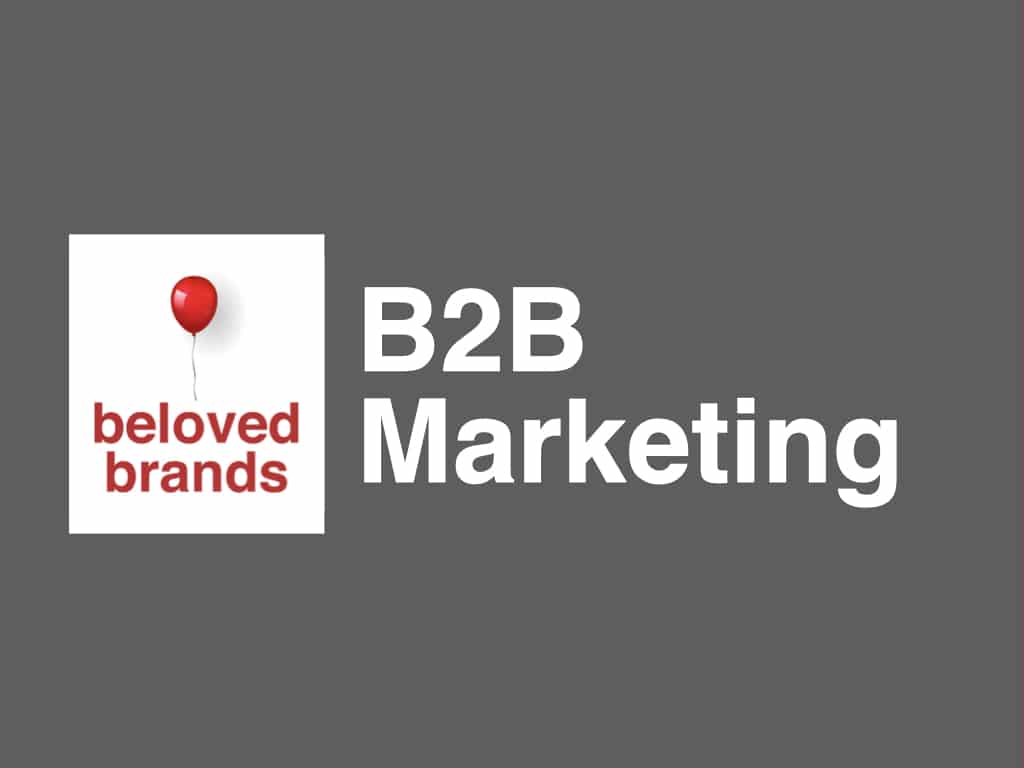Our Innovation Checklist is designed to help brand leaders in developing product strategy. It is a decision-making tool to help sort through various factors to compare and decide which ideas to move through the innovation process. First, look at the product idea’s potential in terms of consumer demand and competitive intensity to help determine if it will meet the sales and profit threshold level.
Moreover, the innovation checklist looks at the fit with the brand and how well it fits with the brand idea. Lastly, the innovation checklist looks at how well it fits the company’s strengths, such as manufacturing, sales, distribution, and servicing.
Elements of the Innovation checklist
- Consumer demand to achieve volume thresholds
- Leverages brand idea to make for an easy entry
- Builds on your strengths of manufacturing or servicing
- Matches up with go-to-market of sales and distribution
- Profit payback and margin fit within the portfolio
- The competitive intensity of the category you enter
- Ability to be successful in the long run
Range of innovation ideas to explore within the innovation process
Clearly, developing product strategy looks at a range of innovation options. Start with product extensions, which are the most straightforward and lowest risk but likely lower gains. Importantly, blue ocean exploratory is the highest risk and most challenging at the other extreme, but it could bring the highest gains.
Product extensions:
First, identify new consumer needs that your brand can handle. Broaden portfolio to neutralize competitors or gain a share of the shelf. Admittedly, product extensions keep the brand fresh with new benefits, flavors, and sizes.
Product improvements:
Identify where you are losing consumers. Consequently, help isolate flaws and gaps in your brand that need fixing so that your brand moves ahead or catches up to competitors.
New formats:
Stretch the brand into new subcategories/adjacencies or parts of the value chain to get into new parts of the store, new distribution channels, or new usage occasions.
Brand stretching:
In short, take brand assets into new business opportunities—bringing loyal users and brand idea.
Game-changing technology:
Briefly, these are R&D-driven inventions matched up to fit the changing needs of consumers.
Blue Ocean exploratory:
Indeed, these ideas combine your technical capabilities, matched to pure unexplored consumer need states to create game-changing launches to move into fully protected blue oceans.
Higher risk, higher reward
Above all, balance your product strategy investment in high-risk / high-reward ideas with easier / smaller ideas to keep your brand fresh. While we all love the big ideas, small, easy innovation adds revenue/profit to keep pushing for those super-big ideas.
To illustrate, see our tools for developing product strategy and innovation checklist tools above.
Take your brand knowledge to new heights with our Beloved Brands playbook
Beloved Brands is a comprehensive guide that covers the fundamentals of brand management. It goes deep on strategic thinking, brand positioning, brand plan development, advertising decisions, media planning, marketing analytics, and the brand financials. This is an opportunity to build your marketing skills to help your career. And, it will provide you with the roadmap for driving growth on your brand.

Marketers see Beloved Brands playbook as a go-to resource, as they keep it within arm’s reach for any new project. We are thrilled to see that it has received a 5-star rating from nearly 90% of Amazon reviewers. Additionally, we have also created playbooks for B2B Brands and Healthcare Brands, catering to specific industries.
Three stages of the innovation process
1. New Opportunities
First, identify new opportunities through continually observing and finding unmet consumer needs, market trends, and pain points, which new product ideas can solve. Second, use regular brainstorming to build a robust pipeline of ideas. Then, from the best innovation ideas, develop concepts to test with consumers, measuring new ideas on uniqueness, motivation to purchase, ownability, potential size, and strategic fit with the brand. Finally, make sure you listen to consumer feedback to optimize, adjust, or pivot the learning into new ideas.
2. Innovation Pipeline
First, build an innovation pipeline, pushing the best ideas through concept refinement, using market testing and a decision process with management. Then, gain approvals that includes execution plan and milestones from production to launch. Finally, drive a robust pipeline, with a balance of lower risk launches and higher risk exploratory ideas. Importantly, our Innovation checklist that allows you to capture the key decision-making factors to consider when judging whether innovation will be successful.
3. Go-to-market launch plan
First, create a go-to-market launch plan with project management, including name, logos, packaging, production, and channels. Then, build marketing support for advertising, launch presentations, and retail plans. In short, hand over to a launch team to take to market.
Using concept testing for New Products
Use our concept process to test new product ideas
At the early stages of your innovation process, I recommend turning the best ideas into product concepts that you can use to get feedback from consumers.
Headline:
The headline is the first thing consumers will see, and it will influence how they engage with the rest of the concept. Definitely, keep it simple and quick.
Consumer Insights:
Start every concept with a consumer insight (connection point) or consumer enemy (pain point) to captivate the consumer enough to make them stop and think, “That’s exactly how I feel.”
Promise:
The promise statement must bring the main consumer benefit to life with a balance of emotional and functional benefits.
Support points:
The support points should close off any gaps consumers may have after reading the main benefit. Clearly, an emotional benefit may require functional support to cover any lingering doubt.
Call-to-action:
Complete the concept with a motivating call to action to prompt the consumer’s purchase intent, which is a significant part of concept testing. Importantly, adding a supporting visual is recommended. In short, for a new product, include a mockup of the new product.
To illustrate, see our tools for developing product strategy and innovation checklist tools above.
Using the innovation checklist
Here is the innovation checklist in action. First, for the financials, use year 1 revenue, margin, investment, and headcount estimates. Then, go through each element. And score High, Medium, or Low. What does the consumer feedback say about the consumer demand? Does it fit with the brand idea? Will the idea build on your strengths of manufacturing or servicing? How does the idea match up with the go-to-market of sales and distribution? What does your audit suggest about the competitive intensity of the category? And, what is the ability to be successful in the long run?
Gray’s Snack Pack Idea
For example, the snack pack idea is a lower risk, lower reward idea. The innovation checklist suggests that the snack pack offers a smaller investment. However, it has a smaller payback. The front of the store has high competitive intensity. It won’t be easy to get to the front of stores or convenience stores. Equally, the innovation checklist suggests Gray’s push this idea forward within the innovation process.
Gray’s Protein Ice Cream
Next, let’s look at a higher risk, higher reward idea. Clearly, the innovation checklist for the protein ice cream suggests a more significant investment and increased headcount. While it looks like a strong consumer response, there are quite a few low scores. These gaps force you to address the production, shipping, and sales process. Without a doubt, this option needs a partner. Finally, the innovation checklist suggests the idea needs some significant fixes within the innovation process before moving forward.
B2B Innovation Example
Gray’s dental instruments is a B2B brand that sells to the end-user in this example. In this case, dentists and dental hygienists use Gray’s to help them perform better at their jobs. Here are the innovation ideas using the six types of innovation.
To illustrate, see our tools for developing product strategy and innovation checklist tools above.
Using our Innovation Checklist to evaluate
To demonstrate, we have taken two of Gray’s dental instruments ideas to explore with our Innovation Checklist. With quite a few lower scores, the notes highlight the necessary fixes.
To illustrate, see our tools for developing product strategy and innovation checklist tools above.
What type of marketer are you?
Marketers learn best when they see our marketing concepts applied to brands that look like theirs. To showcase our marketing tools, we have created specific examples—consumer, B2B, and healthcare. Click on the icon below to choose your interest area.



